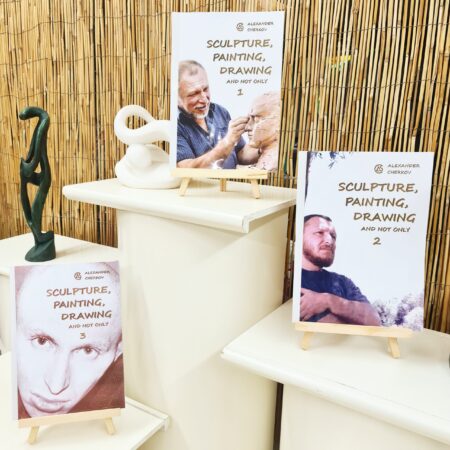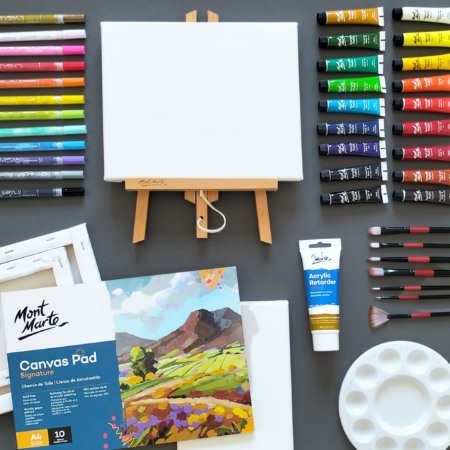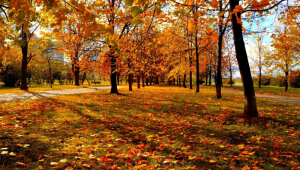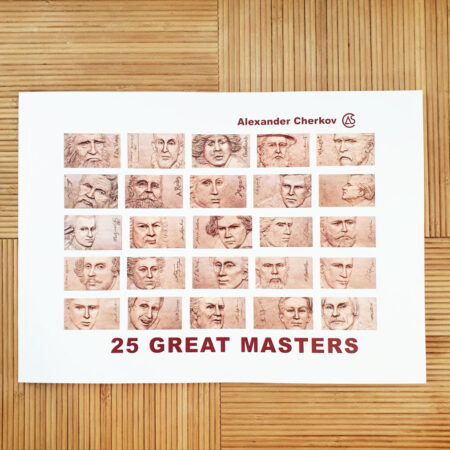On the Characteristics of Perception by Alexander Cherkov, from the book Introduction to the World of Art "Sculpture, painting, drawing and more"
It is known that our perception of reality is realized through the interaction of the two lobes of the brain, which process the information received by the senses. From popular sources on the perceptual characteristics of the cerebral lobes, we know that one lobe is responsible for the logic (left), and the other for creativity (right). Although this complete separation is not supported by scientific research, the two hemispheres share both logical thinking and creative thinking.
However, the fact that each lobe has an advantage in performing specific functions is not ruled out. It can be said that the left lobe specializes in symbolic functions, and the right lobe in images.
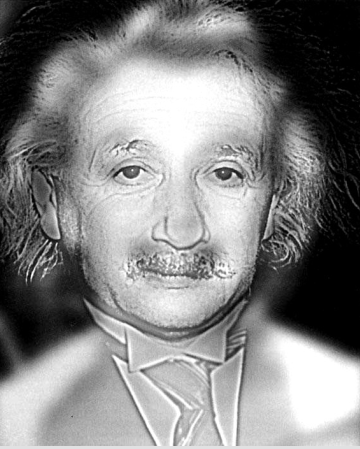
From a distance (volume perception of the right lobe) we see the figure of M. Monroe.
Perceptual characteristics of left lobe and right lobe
The left lobe Of the brain specializes primarily in verbal, digital, analytical, temporal, rational, and abstract functions. It operates in a linear, consistent and logical way, and sees reality through details and the division of the whole.
Right lobe Of the brain more prominently fulfills functions of intuition, imagination, dreaminess, sexuality, musical and artistic abilities, and irrational domains (metaphysics, mysticism, theology). Acts spatially, parallel and synchronously (known to us as enlightenment). Perceives reality through the whole and the union of the parts.
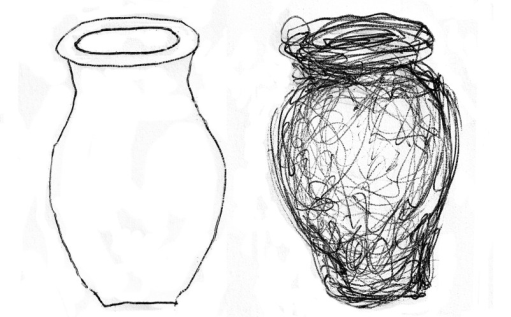
The right registration is controlled by the right lobe of the brain.
Problems of modern education
The choice of modern education (in the last 300 years), in the left lobe as "preferred", greatly influenced the unrestrained development of an industrial society. On the one hand, it provided us with "crutches and prostheses to work less and devour much more" (quote from "Stalker", a film by Andrei Tarkovsky), And on the other hand caused modern post-industrial society to sink into a swamp of depression. By neglecting the development of the right lobe and devoting the bulk of school time to the development of the left lobe, the modern education system has led to the formation of generations addicted to antidepressants, legal and illegal, a destructive fate for the lives of millions of people.
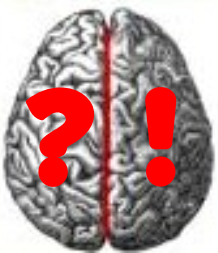
The need to correct the disharmony created between the two lobes of the human brain is clear. It is necessary as soon as possible to rebuild the education system in such a way that the load on the two lobes of the brain is balanced. It is a top priority to increase the number of teaching hours in art, music, dance, poetry, philosophy, mysticism and theology. So that questions about the meaning of life will not be perceived as symptoms of mental illness, but will be a sign of strong spiritual health.
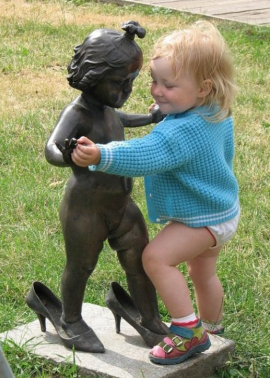



Renault Descartes - Philosopher Rationalism As a universal method of cognition, which underlies the Age of Enlightenment - was surprised, in my opinion, to hear the phrase "I think - I mean I exist" from a modern computer. Today, as confirmation of existence, I would suggest being less rational: "I'm happy - that means I'm alive".
Recommended art products
-
- out of stock
Natural clay sculpture kit
- ₪170
- Read more
-


